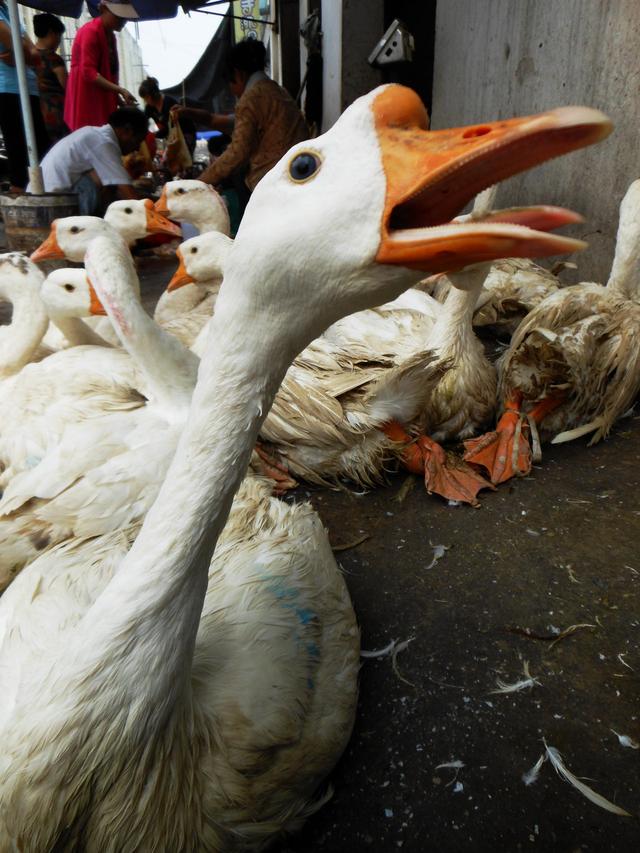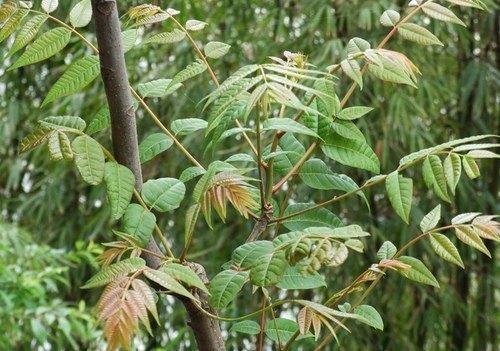Attention, farmers! Starting from next year, there will be no minimum purchase price for growing rice, and we will directly receive subsidies!
As we all know, the three major food crops in China are corn, rice and wheat, and all three have implemented the policy of minimum purchase price, but the protective price of corn has been abolished, and this year, rice and wheat have also ushered in the lowest purchase price for the first time! However, recently, according to the release of the latest news, starting from next year, the minimum purchase price policy for rice and wheat will also be cancelled, and the policy of "market pricing, price compensation separation" will be implemented, and the subsidy of 100 yuan / mu will be directly given to planting rice.

What is the minimum purchase price for grain? Why is it cancelled?
Put forward the reason
First of all, from the history of the fluctuation and development of grain in our country, it often occurs that after a continuous bumper harvest, it is bound to be accompanied by a continuous reduction in production, which has greatly affected the enthusiasm of farmers to grow grain. The policy of implementing the minimum purchase price of grain is proposed by the state in order to prevent history from repeating itself.
Secondly, with the continuous development of China's economy, the problems of agriculture, rural areas and farmers need to be paid more and more attention, and the increase of grain production and farmers' income is the key to the problem of agriculture, rural areas and farmers. the purpose of putting forward the policy of minimum grain purchase price is to protect the interests of farmers, ensure the supply of grain market and arouse the enthusiasm of farmers to grow grain.
Cancellation reason
There are some problems in the implementation of the minimum purchase price policy.
In 2004 and 2006, according to the overall grain market situation at that time, the state successively introduced the minimum purchase price policy for rice and wheat. After that, important grain crops such as corn, soybean and cotton were also included in the minimum purchase price policy. However, in the real implementation process, there are many problems.
2014 is the year when the minimum purchase price of soybean is adjusted, and it is also seen as the beginning of the transition from "protective price" to "market price" of grain and important crops. in this year, China's soybean output dropped to about 13.85 million tons, while imports reached about 78.5 million tons. the lax definition of domestic and imported soybeans has formed two sets of different price systems, which indicates that the minimum purchase price exists in name only.
As for corn, by the end of 2015, before the corn harvest and storage policy was adjusted, the domestic corn inventory exceeded 200 million tons, which is equivalent to China's annual corn output. The huge inventory not only caused a waste and consumption of resources, but also had a negative impact on other crops and the agricultural market as a whole.
After the implementation of market pricing, the market price of food crops has improved.
After completely abolishing the collection and storage policy of soybean and corn in 2016, and proposing the form of market pricing as the main body and planting subsidies, the data show that in 2017, China's domestic soybean production is expected to rise from a low of 12 million tons in recent years to more than 15 million tons, while domestic corn stocks have also declined accordingly, weakening pressure on the market.
Is it good or bad to implement market pricing and directly subsidize farmers?
In fact, the adjustment of the purchase and storage policy for rice and wheat this year marks the beginning of a comprehensive market-oriented pricing model for crops, in which the minimum purchase price for rice is reduced for the first time since its implementation in 2004. the lowest purchase prices of early indica rice, middle and late rice and japonica rice are 130 yuan, 136 yuan and 150 yuan per 50 kg, respectively. The minimum purchase price of wheat in 2018 was also adjusted to 1.15 yuan per jin, a decrease of 0.03 yuan per jin compared with this year.
According to Chen Xiwen, starting from the listing of summer grain and early rice next year, the system of minimum purchase price for wheat and rice in the main producing areas will be abolished, and rice will be subsidized by 100,150 yuan per mu according to the method of production cost plus subsidy. At present, the average production cost of rice is 1.21 yuan per jin, and the average yield per mu is 915jin. 11 major producing provinces that implement the lowest purchase price for rice, with a total rice area of 349 million mu, are suggested to subsidize 349 million yuan per jin of rice and 100 yuan per mu, with a total subsidy of 37.3 billion yuan. (among them, Heilongjiang (agricultural land, commercial and residential land, industrial land) province subsidizes 0.15 yuan per jin and 150 yuan per mu.)
The average yield of wheat is 710jin per mu, and the total wheat area of the six provinces with the lowest wheat purchase price is 260 million mu. If the subsidy is calculated according to the subsidy of 0.1yuan per jin and 80 yuan per mu, the total subsidy is 20.8 billion yuan.
- Prev

There are often chickens and ducks in the market, but why are there so few geese?
There are often chickens and ducks in the market, but why are there so few geese?
- Next

50 yuan a catty of Chinese toon, as long as a pot can be planted, eat with pick!
50 yuan a catty of Chinese toon, as long as a pot can be planted, eat with pick!
Related
- A course of planting techniques and methods on how to grow carrots
- How to plant the latest tulips?
- Is it better to pick tea in the morning or in the afternoon? When is the best time for tea to be picked? what is the third or fifth tea?
- Launch Yuanxiao Happy combination Haocha + Tea Yuan healthy Taste
- Penghu Tourism "Fireworks 20 Parade with You"
- 2022 West Lake Happiness holds "Digital Revitalization Voucher" and draws iphone13 and laptop.
- Banqiao Fuzhou social houses are designed to change start-up combined with police elimination to create a safe and livable environment
- The convenient measure of "mechanical weeding" in Xinbei has been abused and the Agriculture Bureau has imposed heavy penalties on the illegal land consolidation.
- Changgeng University Joins Hands with Four Memory Factories to Rescue Memory Talent Shortage
- The list of Taiwan's top 100 MVP managers is listed by the Director-General of the Farmers' Association of Sanxia District.

